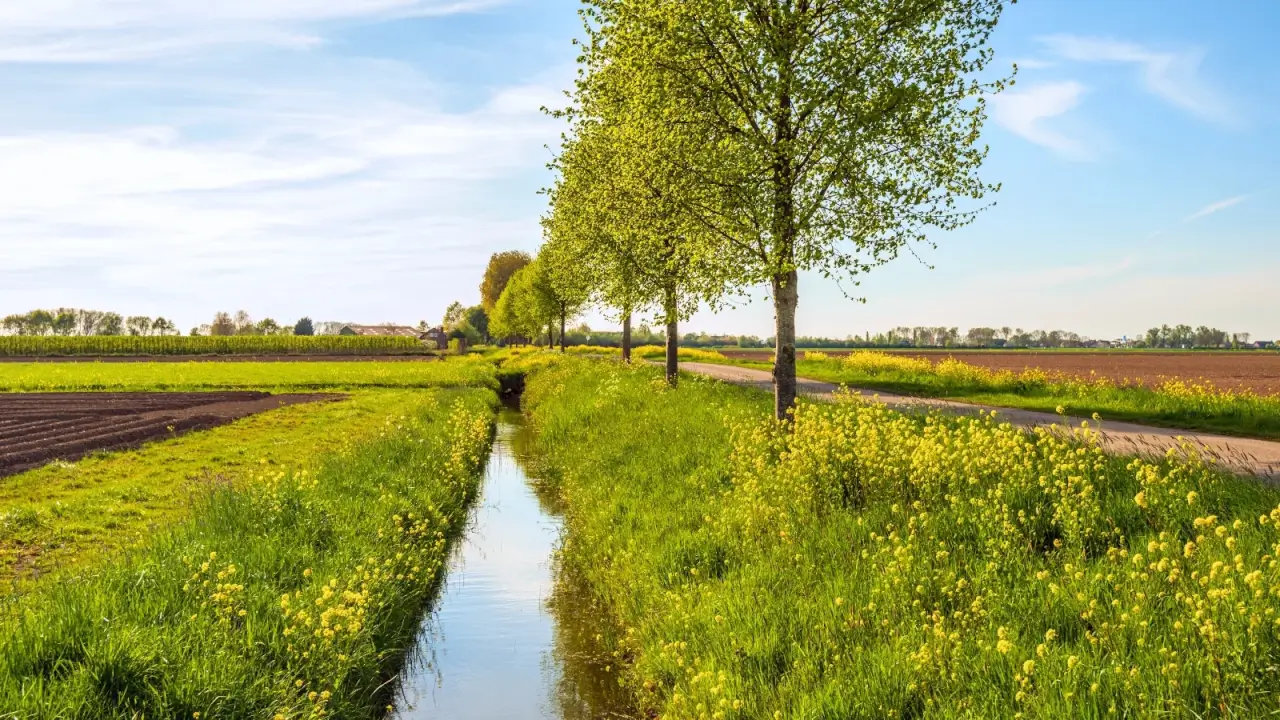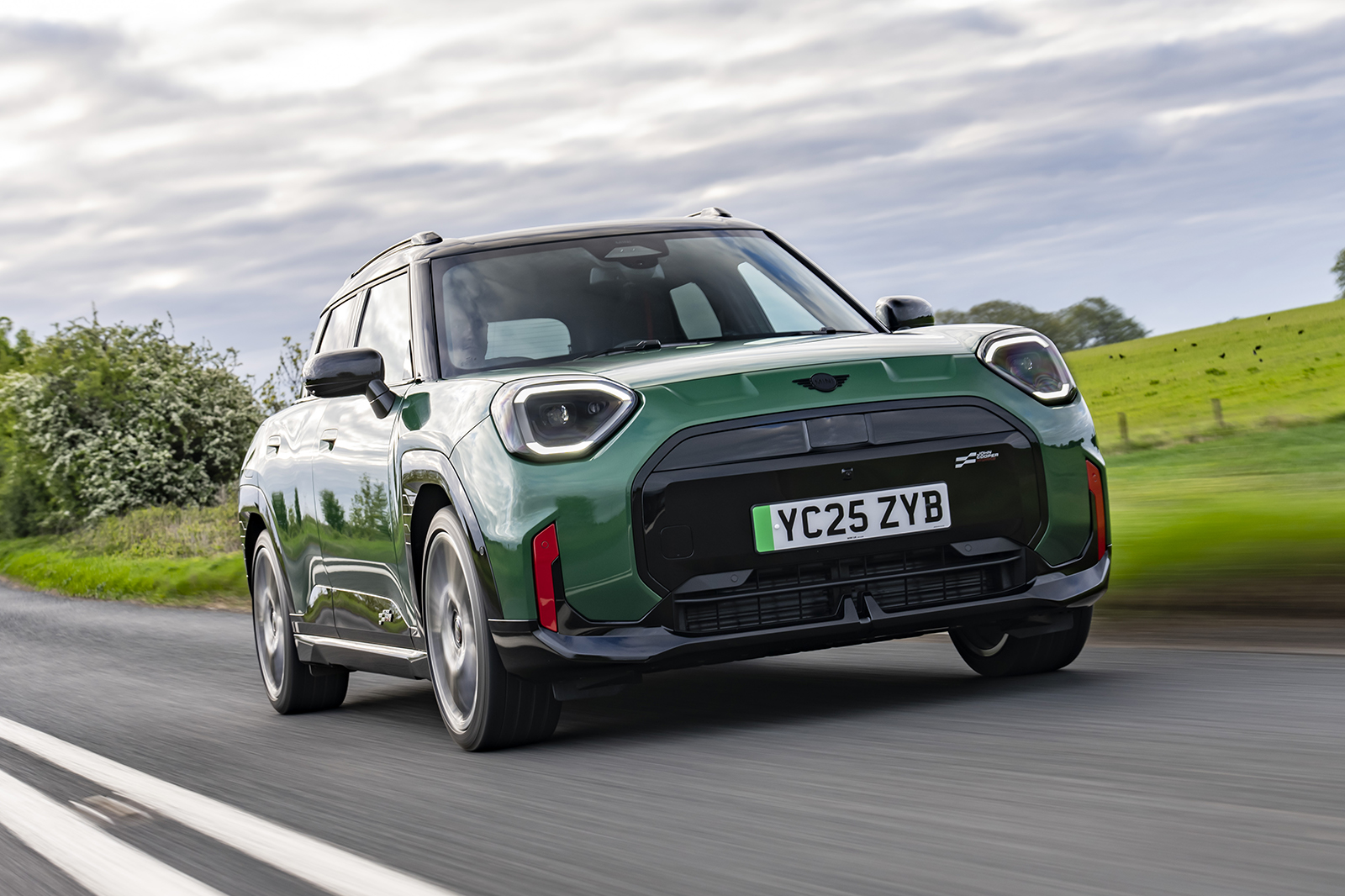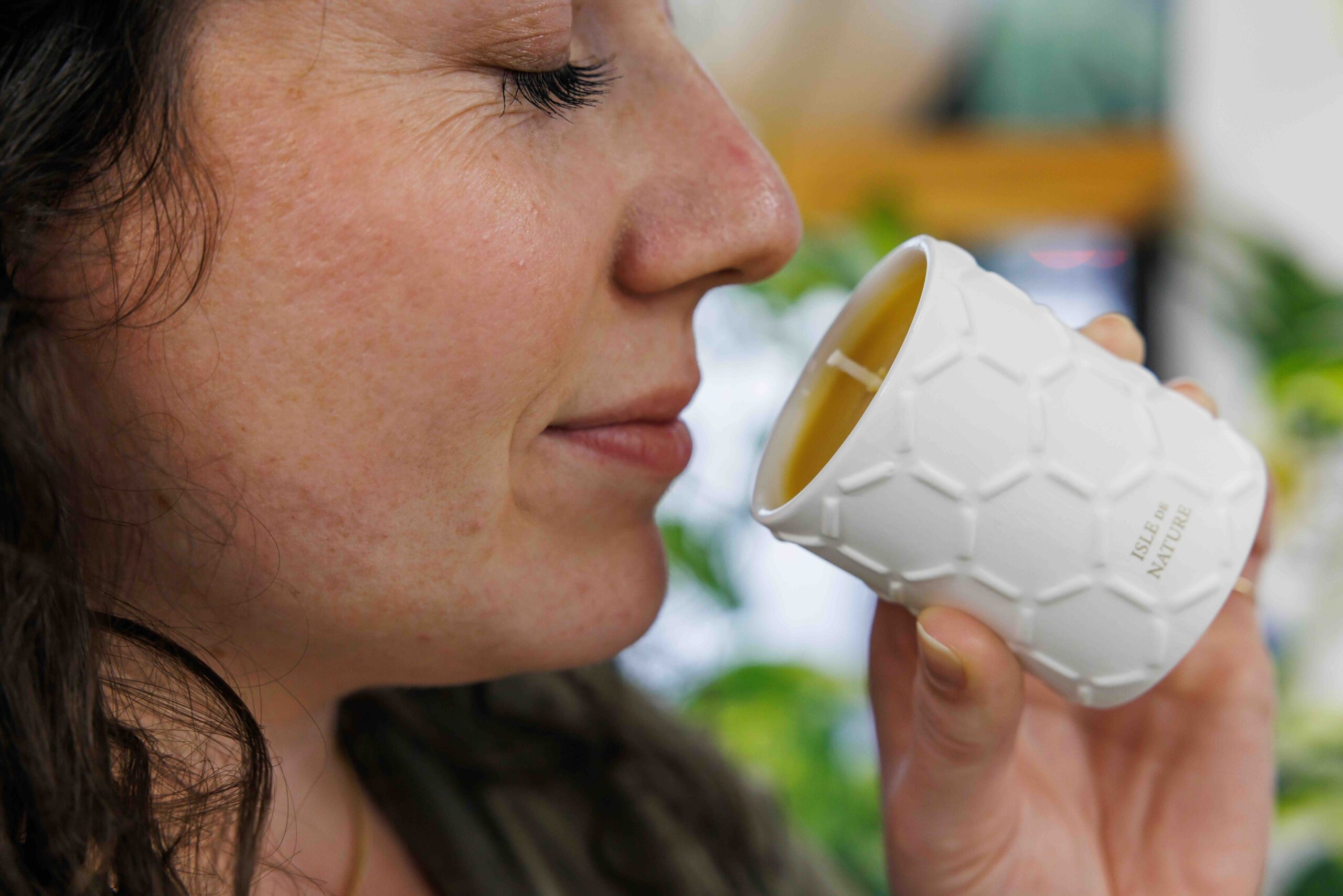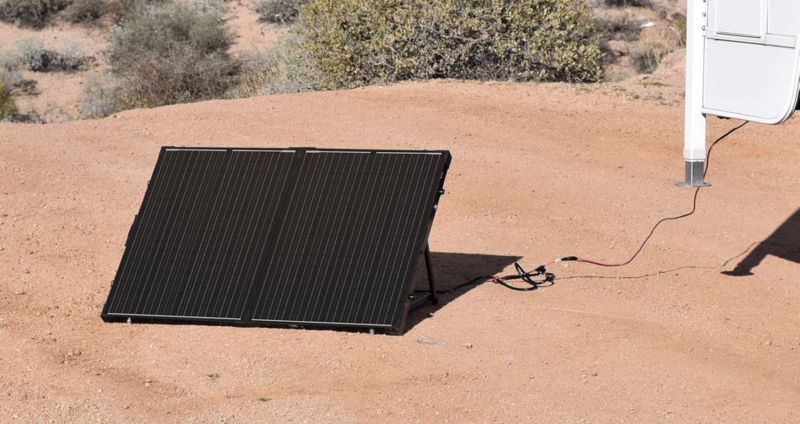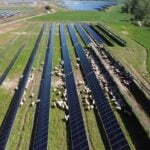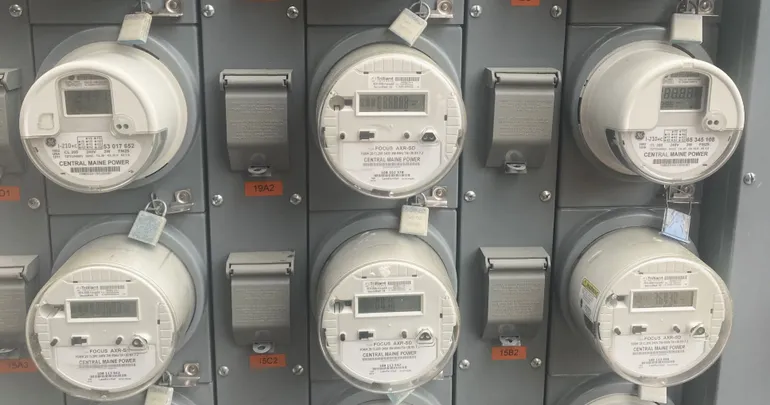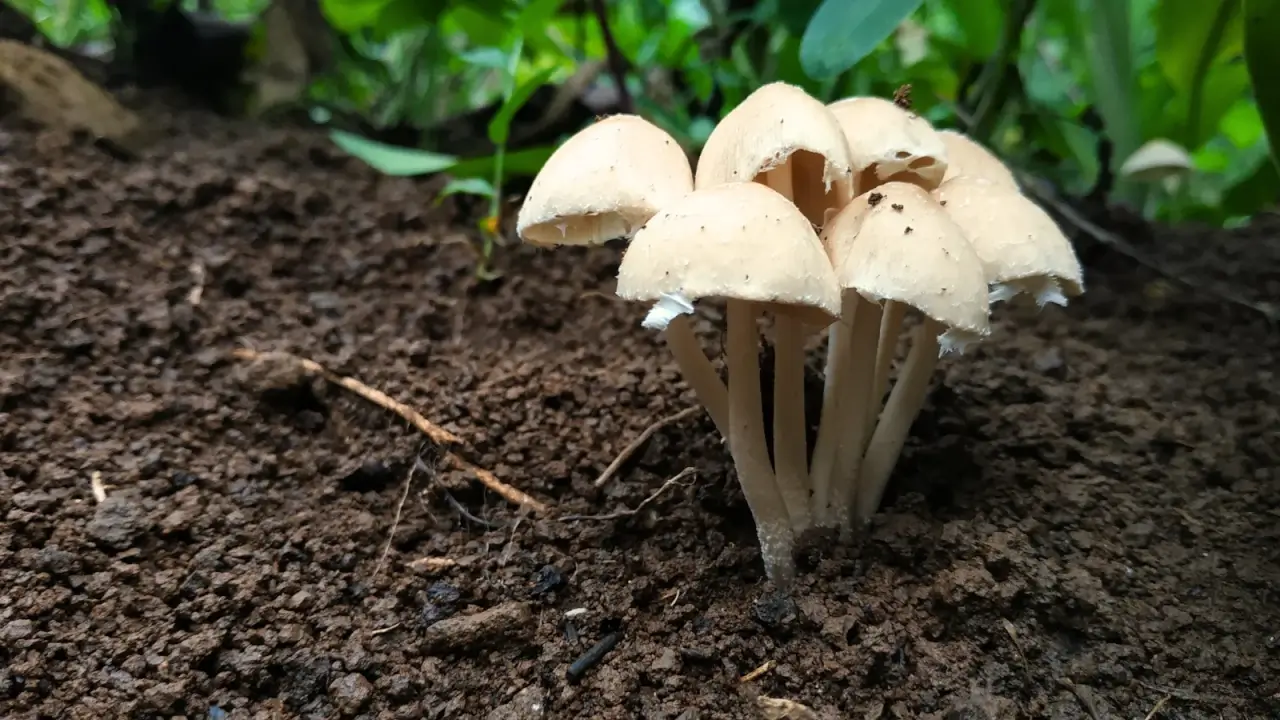Lower Your Grocery Costs With These 7 Easy-to-Grow Crops
Whether you have a small yard or a large patch of land, you can grow some of your own food. Not sure where to start? Join farmer Briana Yablonski to learn some of the best easy-to-grow crops that can help you lower your grocery bill. The post Lower Your Grocery Costs With These 7 Easy-to-Grow Crops appeared first on Modern Farmer.

Replacing your entire grocery list with homegrown food is an overwhelming prospect. But tending to a few easy-to-grow crops? Well, that’s more manageable.
Whether you’re tired of spending more on a clamshell of herbs than you would on a pack of seeds or want to harvest the perfect amount of arugula for a salad, you’re in the right place. Adding a few easy crops to a sunny spot in your yard or container on your patio will help you save at the store.
What Does Easy to Grow Mean?

Before diving into the list of good crops for beginner growers, I want to make a few notes on what I mean by easy to grow. The list of easy crops changes depending on who you ask and when you ask them. While lettuce may be a simple crop in the spring and fall, it’s challenging to produce in the summer. And although okra flourishes in zones eight and above, it’s difficult to grow in zones five and below.
For the sake of this list, I’m assuming you’re growing the crops in the seasons I provide. Growing crops at the proper time of the year lessens heat and cold stress and allows the plants to flourish naturally.
Most of the crops on this list require little maintenance between planting, irrigating, weeding, and harvesting. That means no trellising, pruning, or involved soil preparation. They also face limited pest and disease pressure when compared to other pests, although some pest control may be necessary.
Arugula

- Best time to grow: Spring and fall
Although arugula’s tenderness means it’s pricey at the grocery store, it’s easy to grow at home. Since it’s ready to harvest in three to four weeks, you can plant and harvest it multiple times throughout the growing season.
Add a balanced fertilizer to your soil, then direct sow arugula seeds by planting two to five seeds per inch. Keep the seeds well watered and harvest when the plants are four or five inches tall.
The most challenging part of growing arugula is protecting it from flea beetles. These small pests chew holes in the leaves, and large populations can cause your arugula to look like a tattered blanket. Fortunately, covering your crop with row cover or insect netting at planting time will exclude the pests and protect your greens.
Lettuce

- Best time to grow: Spring and fall
As long as you plant lettuce when the weather is cool, this is one of the easiest crops to grow. You can grow the plants by either directly sowing the seeds in your garden or transplanting seedlings. Direct sowing works great for baby greens, and transplanting is ideal for head lettuce like romaine and bibb.
Keep lettuce well-watered, especially during the first few weeks of the plant’s growth. You can harvest the entire plant or trim off the largest leaves while leaving the smallest ones to grow.
Bush Beans

- Best time to grow: Summer
While green beans aren’t the priciest produce, growing them at home allows you to enjoy supremely tender snap beans picked at just the right time. Plus, you can have fun growing bean varieties that aren’t always available in stores.
Bush beans grow in a compact manner, so they don’t require trellising like pole beans do. Each plant will only produce a handful or so of beans each week, so sow more than one seed if you want a larger harvest.
Basil

- Best time to grow: Summer
Sweet Italian basil, Thai basil, and other varieties are easy to grow during warm summer months. A single plant will provide you with multiple harvests over a few months, and access to fresh basil means you won’t have to worry about the leaves turning black in storage or transport. Plus, the plants are pretty enough to work well in edible landscapes and ornamental gardens.
One of the hardest parts of growing basil is keeping it free from the downy mildew. This fungal disease is more likely to occur on wet leaves, so allow a foot of space between each plant to encourage airflow and always water at the base of the plant to help keep the foliage dry.
Radishes

- Best time to grow: Spring and fall
Small radishes are ready to harvest less than a month after sowing, so they’re a good option for the impatient gardener. They prefer cooler weather, so spring and fall are the best planting times. Directly sow the seeds in a row, leaving one to two inches of space between each seed.
Watch the greens for pests including flea beetles and cabbage worms. Although these pests won’t damage the roots, large numbers can devour the leaves and weaken the entire plant. Another key tip is to practice crop rotation so diseases don’t build up in the soil.
Dill

- Best time to grow: Spring through fall
Although those tiny grocery clamshells filled with one or two dill sprigs cost a few bucks, this herb is pretty easy to grow. You can either directly sow the seeds or transplant seedlings, but direct sowing is easier and more reliable as long as you keep the soil moist.
Each seed will produce a small amount of dill, so sow multiple seeds in a row or sprinkle them throughout a large pot. During cool seasons, you can take a few cuttings from a single planting.
Salad Turnips

- Best time to grow: Spring and fall
Salad turnips produce sweet and tender roots that you can cook or enjoy raw and hearty greens that are great for cooking. Directly sow turnip seeds in the spring and fall, then thin the seedlings so they’re an inch or two apart. Keep the soil moist and watch the greens for pests like cabbage worms, flea beetles, and aphids.
You can harvest the turnips at any time, but most growers wait until they are at least an inch in diameter. Just don’t let them get too big, or you risk woody and pithy roots.
Repurposing Urban Spaces for Farming: 7 Creative Ideas
Gone are the days when farming meant living miles away from the city center. With a bit of creativity and practical urban farming ideas, you can grow lots of food in a small urban space.
The post Lower Your Grocery Costs With These 7 Easy-to-Grow Crops appeared first on Modern Farmer.
